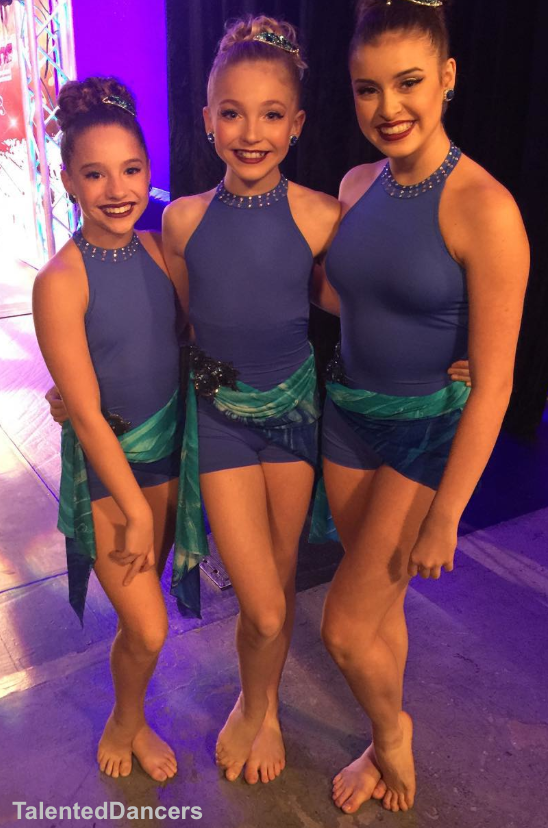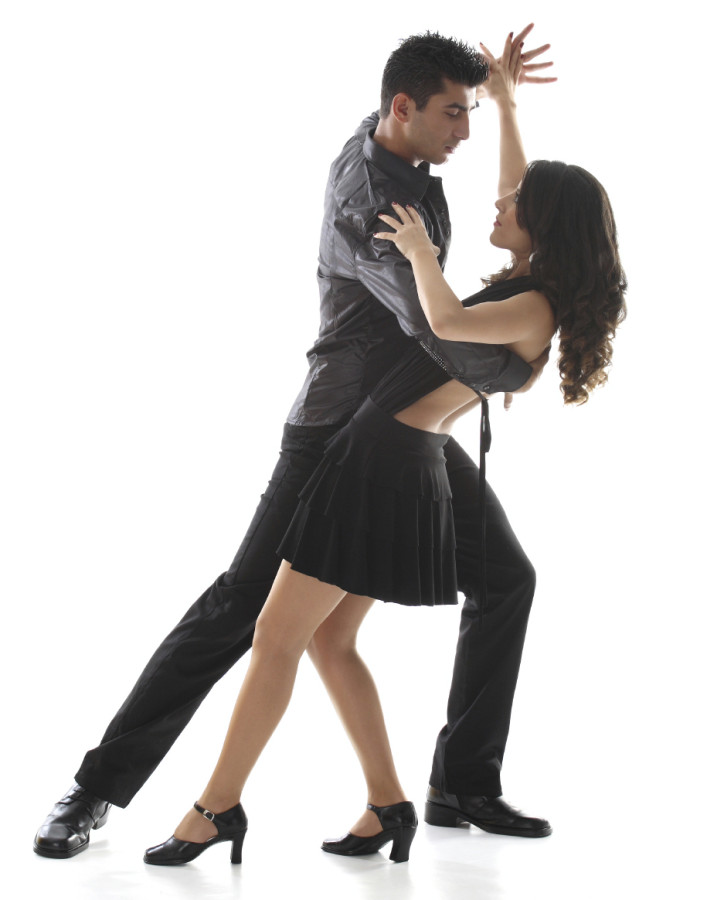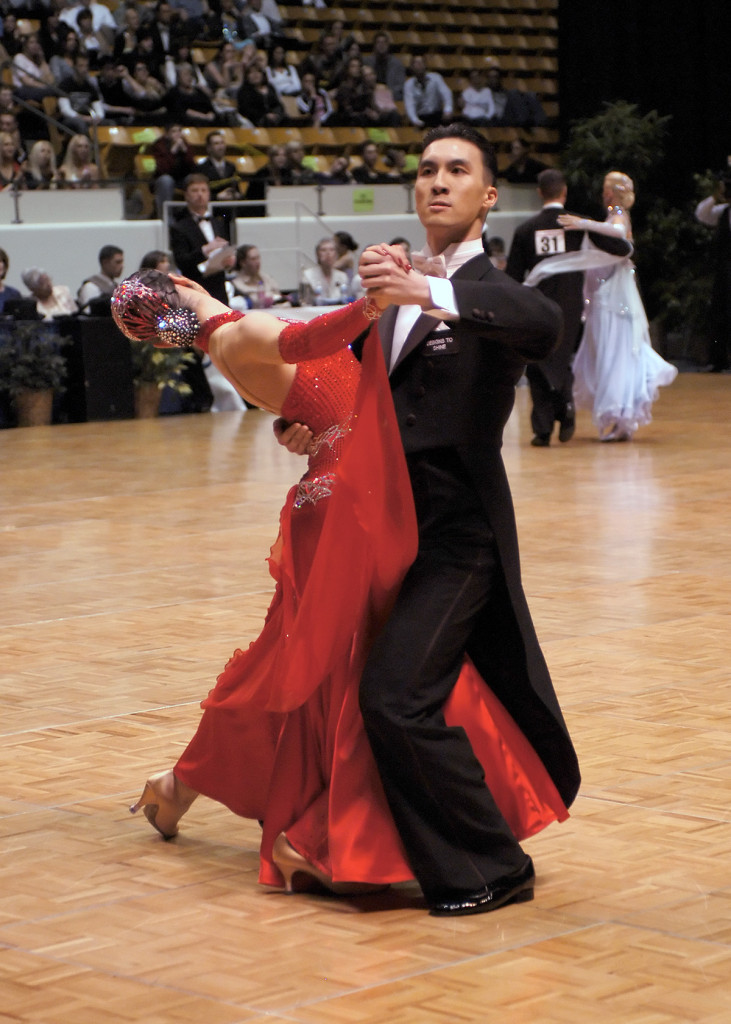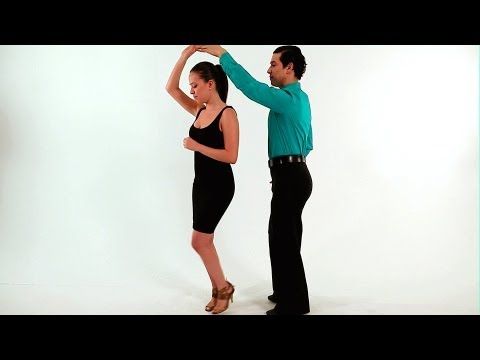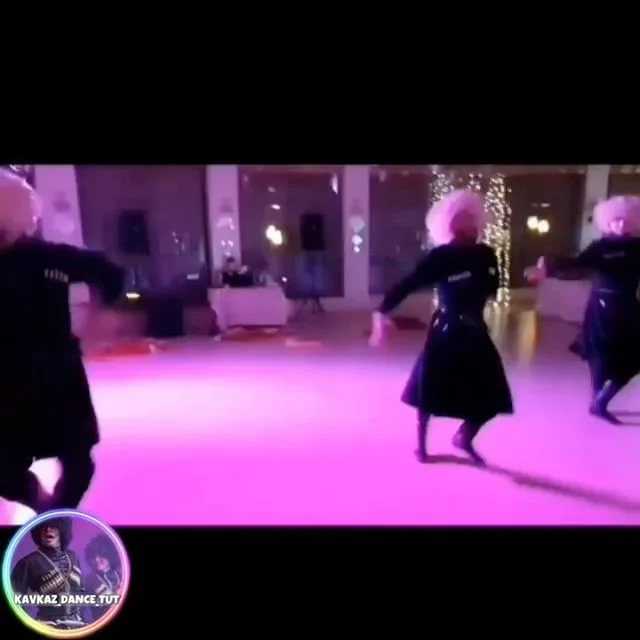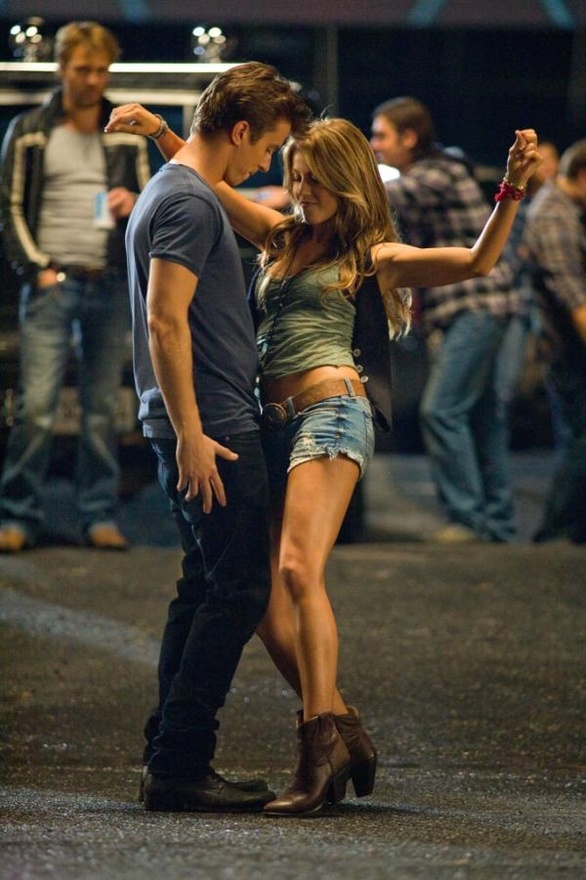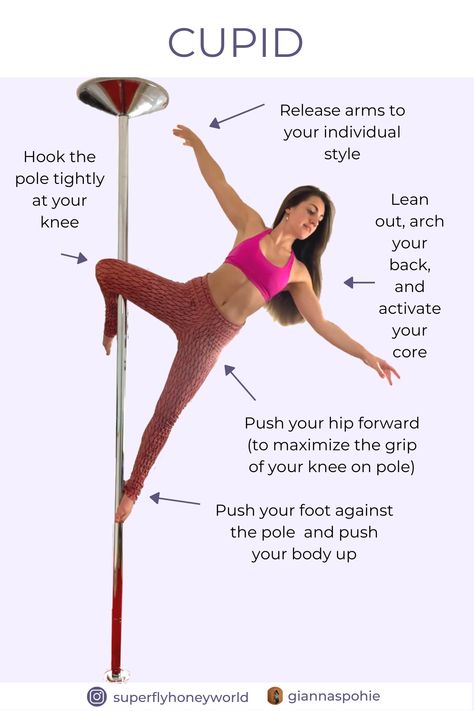How to dance renaissance
Renaissance Dances | The Shakespeare and Dance Project
Renaissance Dances
Video clips of assorted Renaissance dances including the pavan, galliard, canary, sword dances, and courtly dance suites, as well as a comic piece in the style of an antimasque from a court masque:
Video Clip Details
Title of Clip: Italian Renaissance Dance and Music Part I
Date of Performance: Not available
Location of Performance: Not available
Dancers: Judith Kennedy, Daniel Stephens
Choreographer: Judith Kennedy, Daniel Stephens
Date published or posted online: Jan 24, 2012
Publisher: David Rogers
Source URL: https://www. youtube.com/watch?v=cQsaP0PEhdY
More Info: An example of renaissance dancing and music with traditional clothing.
Video Clip Details
Title of Clip: Italian Renaissance Dance and Music Part II
Date of Performance: Not available
Location of Performance: Not available
Dancers: Judith Kennedy, Daniel Stephens
Choreographer: Judith Kennedy, Daniel Stephens
Date published or posted online: Jan 25, 2012
Publisher: David Rogers
Source URL: https://www.youtube.com/watch?v=mTjOmNz7WBA
More Info: An example of renaissance dancing and music with traditional clothing.
Video Clip Details
Title of Clip: Kings almighty – Pavane & Galliard
Date of Performance: April 2012
Location of Performance: St. Petersburg, Russia
Dancers: Vento del Tempo Dance Ensemble
Choreographer: Trad.
Date published or posted online: Apr 9, 2012
Publisher: esmolnyakova
Source URL: https://www.youtube.com/watch?v=43DAoCwBT0k
More Info: Featuring the Reditus music ensemble and traditional baroque dances.
Video Clip Details
Title of Clip: Galliard Dance Off (KWDS 5) in Australia
Date of Performance: Not Available
Location of Performance: Australia
Dancers: Darius, Traehern
Choreographer: Trad.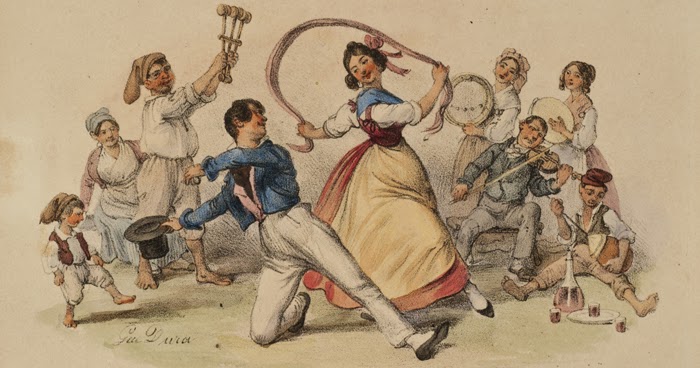
Date published or posted online: Apr 16, 2008
Publisher: Gwommy
Source URL: https://www.youtube.com/watch?v=Ncg-_SxHTqU
More Info: A dance-off between two men, each doing the traditional galliard, to decide who is going to host the next Known World Dance Symposium. The Known World Dance Symposium is in its 11th year: it is a multiple-day event full of traditional feasting, music, dance, and costume. See http://www.kwds.org/index.php?kwds=11 for more information.
Video Clip Details
Title of Clip: canario de J.H. Kapsberger
Date of Performance: January 27, 2008
Location of Performance: Not available
Dancers: Béatrice Pornon and Laurence Postigo
Choreographer: Not available
Date published or posted online: Mar 13, 2008
Publisher: luthlol
Source URL: https://www.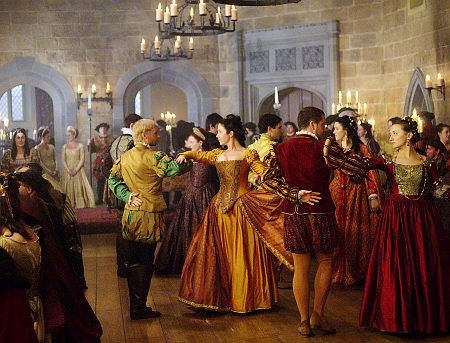 youtube.com/watch?v=ZtDyHrGdp6E
youtube.com/watch?v=ZtDyHrGdp6E
More Info: Featuring music by J. H. Kapsberger performed by la compagnie Christine Grimaldi.
Video Clip Details
Title of Clip: The Goates Masque – Eseltanz (Renaissance Dance)
Date of Performance: July 2012
Location of Performance: St. Magni Church, Braunschweig, Germany
Dancers: Not available
Choreographer: Trad.
Date published or posted online: Jul 29, 2012
Publisher: LuteandTheorbo
Source URL: https://www.youtube.com/watch?v=07ptjP_SeyE
More Info: A traditional dance published in 1589 by Frenchman Thoinot Arbeau. Music by the Resoldo Milare ensemble: see www.resoldo-milare.de for more information. Performance features the Resoldo Milare ensemble and two dancers in a goat costume.
Music by the Resoldo Milare ensemble: see www.resoldo-milare.de for more information. Performance features the Resoldo Milare ensemble and two dancers in a goat costume.
Video Clip Details
Title of Clip: Early Music Exposed – The Jigge Is Up: Dance in Shakespeare’s Time
Date of Performance: March 2010
Location of Performance: The Metropolitan Museum of Art, New York, NY
Dancers: The New York Historical Dance Company: Susan Braisted, Mark DeGarmo, Niel de Marino, Mark Mindek, Patricia Rader, Maris Wolff
Choreographer: Dorothy Olsson, Kaspar Mainz
Date published or posted online: Aug 3, 2010
Publisher: The Metropolitan Museum of Art
Source URL: https://www.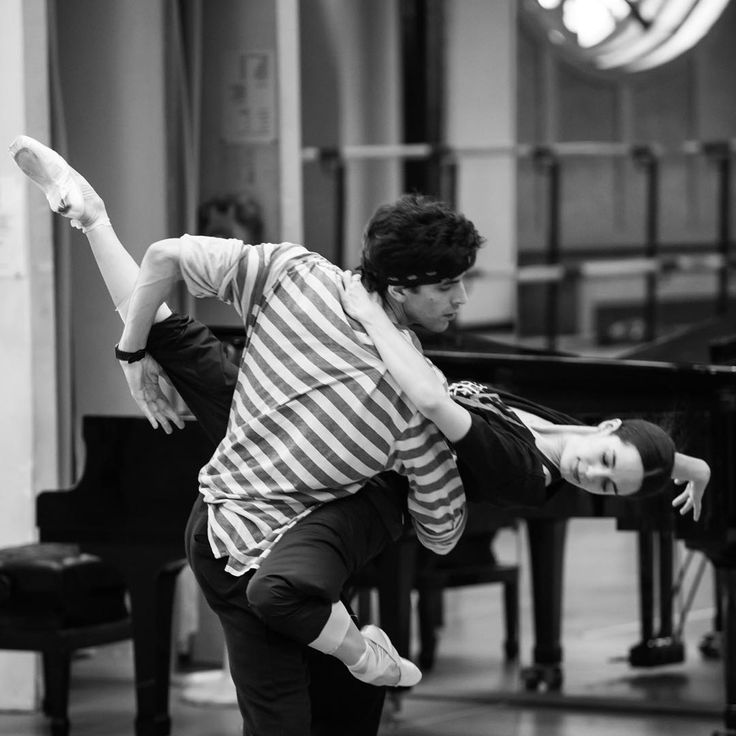 youtube.com/watch?v=XFVWPFr78cc&feature=youtu.be
youtube.com/watch?v=XFVWPFr78cc&feature=youtu.be
More Info: Featuring Baroqu Chambers Ensemble Flying Forms: Marc Levine on violin, Motomi Igarashi on viola, and Tami Morse on the harpsichord.
Video Clip Details
Title of Clip: Alta Mendozza (Renaissance Dance)
Date of Performance: 2011
Location of Performance: Huysburg
Dancers: Not available
Choreographer: Trad.
Date published or posted online: Aug 1, 2011
Publisher: LuteandTheorbo
Source URL: https://www.youtube.com/watch?v=hiFv2UX4_nk&feature=youtu. be
be
More Info: A traditional dance published in 1589 by Frenchman Thoinot Arbeau. Music by the Resoldo Milare ensemble: see www.resoldo-milare.de for more information.
Video Clip Details
Title of Clip: Alta Mendozza
Date of Performance: Not available
Location of Performance: Not available
Dancers: The Saint-Petersburg Historical Dance Club Company
Choreographer: Trad.
Date published or posted online: Dec 26, 2009
Publisher: esmolnyakova
Source URL: https://www.youtube.com/watch?v=jJ6gRWAOtL0&feature=youtu.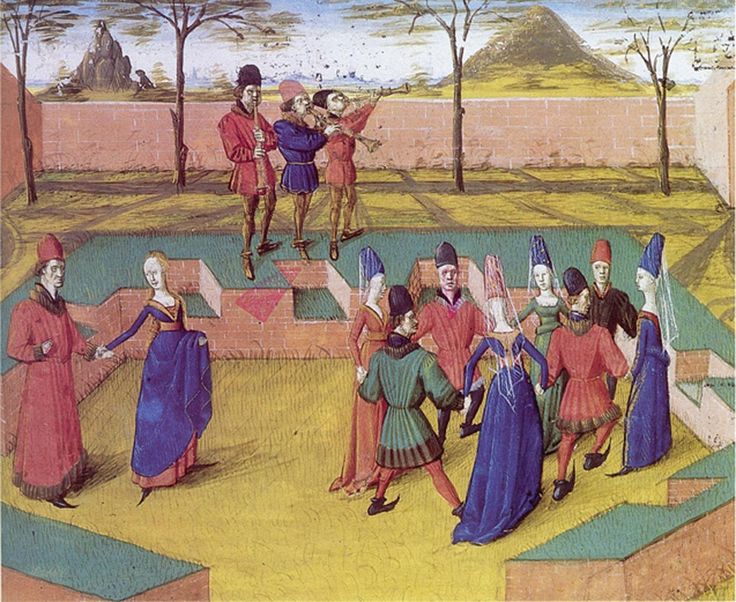 be
be
More Info: A traditional dance published in 1589 by Frenchman Thoinot Arbeau.
Video Clip Details
Title of Clip: Danse Renaissance: Pas talons pour Pantalon
Date of Performance: June 2011
Location of Performance: Festival du Conservatoire d’Auxerre, France
Dancers: Bassa Toscana company
Choreographer: Jacquet, Stéphane Quéant
Date published or posted online: Sep 8, 2011
Publisher: Bassa Toscana
Source URL: https://www.youtube.com/watch?v=u2-ZE0Lur20
More Info: Performed at the festival of CRD registered auxerre (Edinburgh Festival).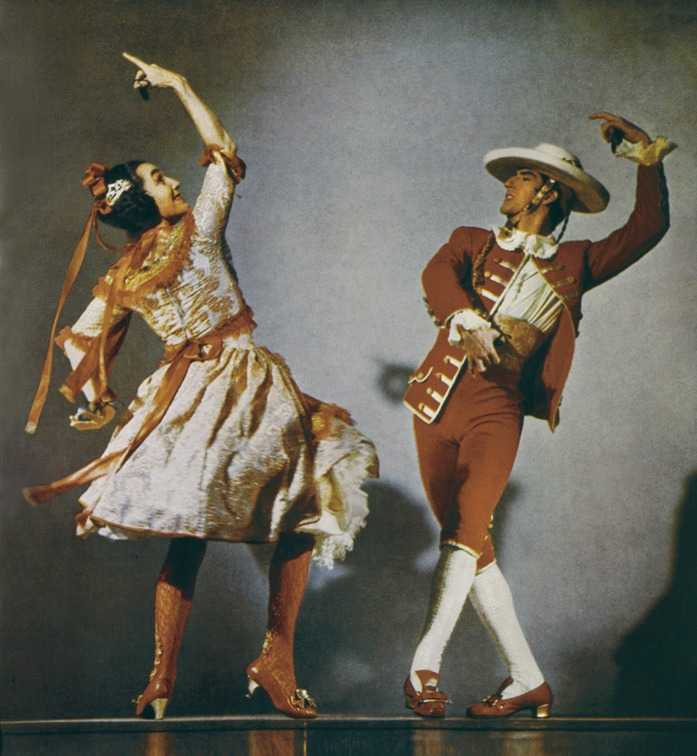 Film by Alain Jacquet. See www.bassatoscana.fr for more information on the ensemble.
Film by Alain Jacquet. See www.bassatoscana.fr for more information on the ensemble.
Video Clip Details
Title of Clip: Les Bouffons (Renaissance Dance)
Date of Performance: 2011
Location of Performance: Huysburg
Dancers: Not available
Choreographer: Trad.
Date published or posted online: Aug 2, 2011
Publisher: LuteandTheorbo
Source URL: https://www.youtube.com/watch?v=bX8bdTAaSl8
More Info: Les Bouffons is a “silly” dance published in 1589 by Frenchman Thoinot Arbeau. Music performed by the Resoldo Milare ensemble.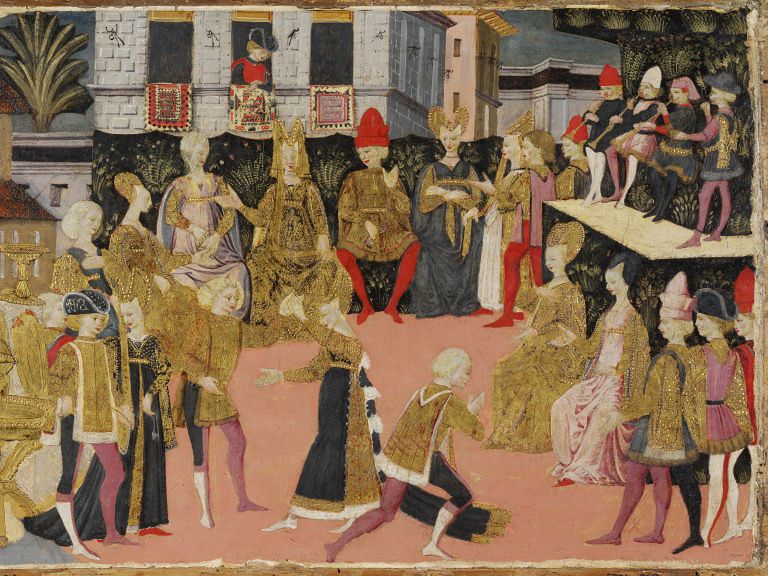 The Resoldo Milare is a musical ensemble that specializes in Renaissance and early Baroque music. They perform traditional songs in traditional clothing and collaborate with dancers and performers as requested. The Resoldo Milare performs all over Germany and Europe: see www.resoldo-milare.de for more information.
The Resoldo Milare is a musical ensemble that specializes in Renaissance and early Baroque music. They perform traditional songs in traditional clothing and collaborate with dancers and performers as requested. The Resoldo Milare performs all over Germany and Europe: see www.resoldo-milare.de for more information.
Video Clip Details
Title of Clip: Les Bouffons
Date of Performance: Not available
Location of Performance: Montreal, Canada
Dancers: Danse Ancienne à Montréal
Choreographer: Reconstructed by Michel Landry
Date published or posted online: Oct 1, 2013
Publisher: Michel Landry
Source URL: https://www.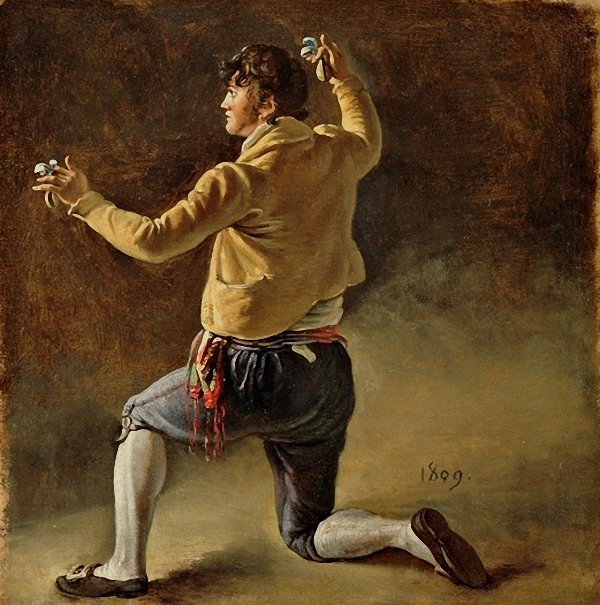 youtube.com/watch?v=Qrhpm_gy1uU&feature=youtu.be
youtube.com/watch?v=Qrhpm_gy1uU&feature=youtu.be
More Info: A traditional dance notated and published by Thoinot Arbeau in Orchésographie (1588).
Video Clip Details
Title of Clip: Buffonen – Th. Arbeau, 1588
Date of Performance: 2004
Location of Performance: Nürnberg, Germany
Dancers: Schembart Gesellschaft Nürnberg – Musik und Tanz der Renaissance
Choreographer: Reconstructed by Agnes Graf-Then (?)
Date published or posted online: Jun 16, 2010
Publisher: schembarthk
Source URL: https://www.youtube.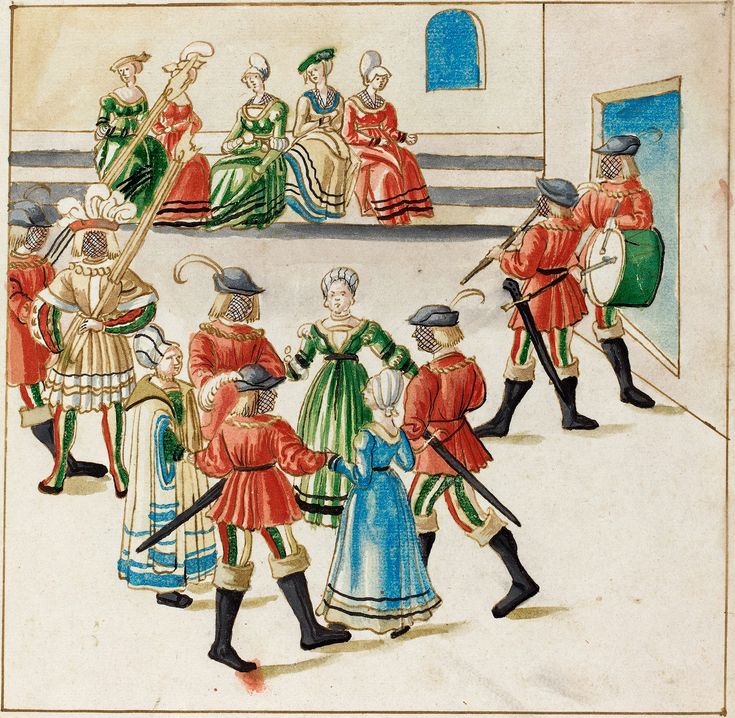 com/watch?v=Qrhpm_gy1uU&feature=youtu.be
com/watch?v=Qrhpm_gy1uU&feature=youtu.be
More Info: A traditional dance notated and published by Thoinot Arbeau in Orchésographie (1588).
Renaissance Dance Steps
Demonstrations of Renaissance dance steps and combinations from the Library of Congress dance step video archive:
For other examples of dancing in Shakespeare plays, those of his contemporaries, and Shakespeare-inspired performances see our YouTube channel: ShakespeareAndDance at http://www.youtube.com/user/ShakespeareAndDance.
Updated May 26, 2021.
Renaissance Dances | Music 101
As we’ve studied the music of the Middle Ages and Renaissance, we’ve focused primarily on vocal music. There is no question that in these two eras, vocal music was viewed as a higher art form. But there certainly was instrumental music that was being composed and performed. And often the purpose of that instrumental music was to accompany dancing. Now the music of the country dances of common folk was likely still improvised by self-taught local musicians. But dancing was also an important social activity of the nobility and the small but growing middle class. The music for dances at this level of society was more likely to be written out, though often not attributed to a particular composer.
There is no question that in these two eras, vocal music was viewed as a higher art form. But there certainly was instrumental music that was being composed and performed. And often the purpose of that instrumental music was to accompany dancing. Now the music of the country dances of common folk was likely still improvised by self-taught local musicians. But dancing was also an important social activity of the nobility and the small but growing middle class. The music for dances at this level of society was more likely to be written out, though often not attributed to a particular composer.
Introduction
During the Renaissance period, there was a distinction between country dances and court dances. Court dances required the dancers to be trained and were often for display and entertainment, whereas country dances could be attempted by anyone. At Court, the formal entertainment would often be followed by many hours of country dances which all present could join in. Dances described as country dances such as Chiarantana or Chiaranzana remained popular over a long period – over two centuries in the case of this dance. A Renaissance dance can be likened to a ball.
A Renaissance dance can be likened to a ball.
Knowledge of court dances has survived better than that of country dances as they were collected by dancing masters in manuscripts and later in printed books. The earliest surviving manuscripts that provide detailed dance instructions are from fifteenth century Italy. The earliest printed dance manuals come from late 16th century France and Italy. The earliest dance descriptions in England come from the Gresley manuscript c. 1500 found in the Derbyshire Record Office, D77 B0x 38 pp 51–79. These have been recently published as “Cherwell Thy Wyne (Show your joy): Dances of fifteenth-century England from the Gresley manuscript.” The first printed English source appeared in 1652, the first edition of Playford.
Figure 1. French painting of the volta, from Penhurst Place, Kent, often wrongly assumed to be of Elizabeth I
The dances in these manuals are extremely varied in nature. They range from slow, stately dances (bassadance, pavane, almain) to fast, lively dances (galliard, coranto, canario). The former, in which the dancers’ feet did not leave the ground were styled the dance basse while energetic dances with leaps and lifts were called the haute dance. Some were choreographed, others were improvised on the spot.
The former, in which the dancers’ feet did not leave the ground were styled the dance basse while energetic dances with leaps and lifts were called the haute dance. Some were choreographed, others were improvised on the spot.
One dance for couples, a form of the galliard called lavolta, involved a rather intimate hold between the man and woman, with the woman being lifted into the air while the couple made a 3/4 turn. Other dances, such as branles or bransles, were danced by many people in a circle or line.
Another popular Renaissance dance is the “whip.” This dance is preformed by raising ones leg in the air, bringing it down and holding their arm out to the side. This dance was commonly preformed in lines or groups of men and even sometimes women. Many variations of this dance exist, this dance is still commonly practiced today!
Fifteenth-Century Italian Dance
Our knowledge of fifteenth-century Italian dances comes mainly from the surviving works of three Italian dance masters: Domenico da Piacenza, Antonio Cornazzano and Guglielmo Ebreo da Pesaro.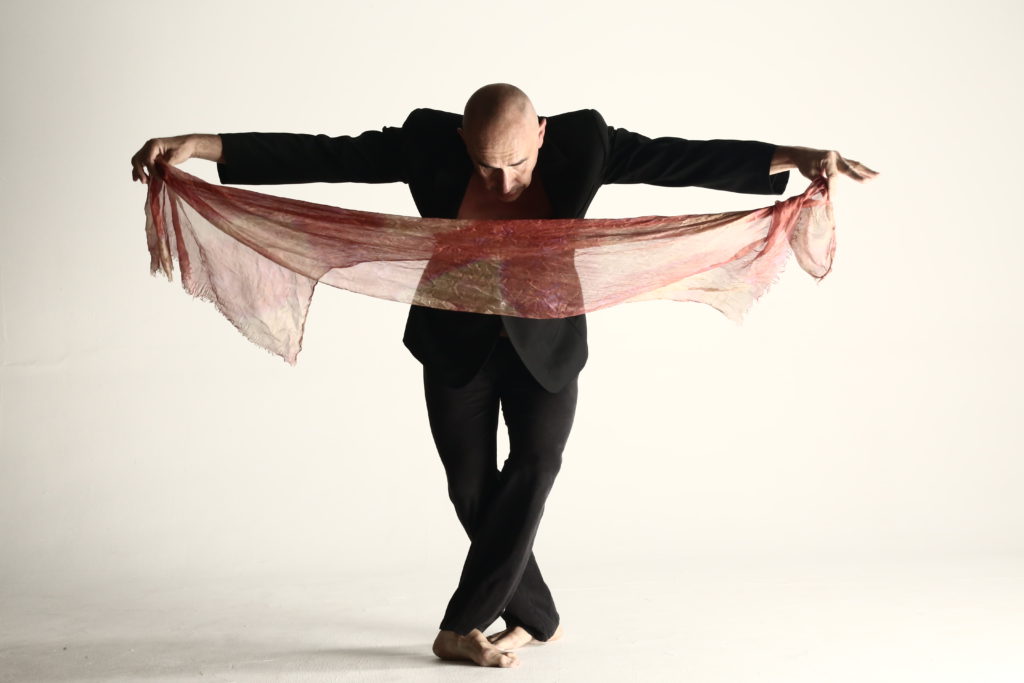 Their work deals with similar steps and dances, though some evolution can be seen. The main types of dances described are bassa danze and balletti. These are the earliest European dances to be well-documented, as we have a reasonable knowledge of the choreographies, steps and music used.
Their work deals with similar steps and dances, though some evolution can be seen. The main types of dances described are bassa danze and balletti. These are the earliest European dances to be well-documented, as we have a reasonable knowledge of the choreographies, steps and music used.
Renaissance ball | "Surf" - Gelendzhik news today
Society
01/16/2017
15 3 minutes of reading
Elegant gentlemen and ladies dressed in crinolines, magnificent outfits, gloves, fans and lace masks, bows and knixens - and dominating everything splendor immortal waltz. Visitors who accidentally entered the foyer of the city's Palace of Culture on one of the pre-holiday evenings could feel like time travelers who accidentally transported themselves to another, long-forgotten era. It was this effect that the leaders of the dance studio "Renaissance" aspired to, organizing a traditional New Year's masquerade ball for their pupils.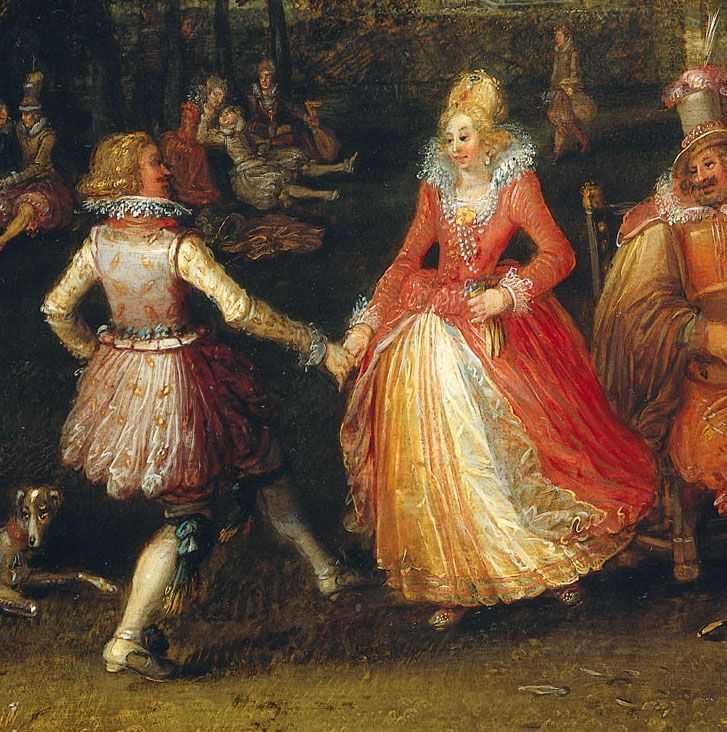
Renaissance historical dance studio has been operating in our city for the third year. Its creators Larisa and Vladimir Leonov moved to us from the Moscow region.
“All our life we have been teaching dances,” the couple admits. - When we moved to Gelendzhik, we saw that a lot is being done for the younger generation in your city, there are many circles and sections. Therefore, we decided to organize a club specifically for adults.
The grain of creative thought fell on fertile ground: in the city recreation center they were accepted as relatives. The Leonovs chose historical dance of the 19th - early 20th centuries as the main direction. According to them, it is it that enjoys special popularity in our country today.
- People, especially residents of big cities, are tired of our fussy high-tech age, of its frantic pace. Many want to at least mentally return to a time when life was measured, relationships were high, men were gallant, and women were fragile and tender, - Larisa Mikhailovna argues. - In addition, our styles - waltz, polonaise, mazurka, polka - have long been the privilege of the nobility. Today, everyone has the opportunity to try it for themselves, feeling like a “white bone” person.
- In addition, our styles - waltz, polonaise, mazurka, polka - have long been the privilege of the nobility. Today, everyone has the opportunity to try it for themselves, feeling like a “white bone” person.
In addition to the dances themselves, pupils of the "Renaissance" study the historical epochs corresponding to them, ballroom etiquette, which was obligatory for that time - in a word, they learn to be real "ladies and gentlemen." The acquired knowledge and skills are demonstrated to the public with pleasure by participating in citywide events: a festive procession at the opening of the holiday season, the Sea Carnival, Victory Day.
An interesting feature of the studio is the age composition of its participants: most of them are people of the so-called "silver age". This state of affairs, according to the Leonovs, came as a complete surprise to them.
— In our native Serpukhov, we had a studio, where people aged 35-40 worked mainly. In Gelendzhik, as it turned out, the most active part of the population are pensioners.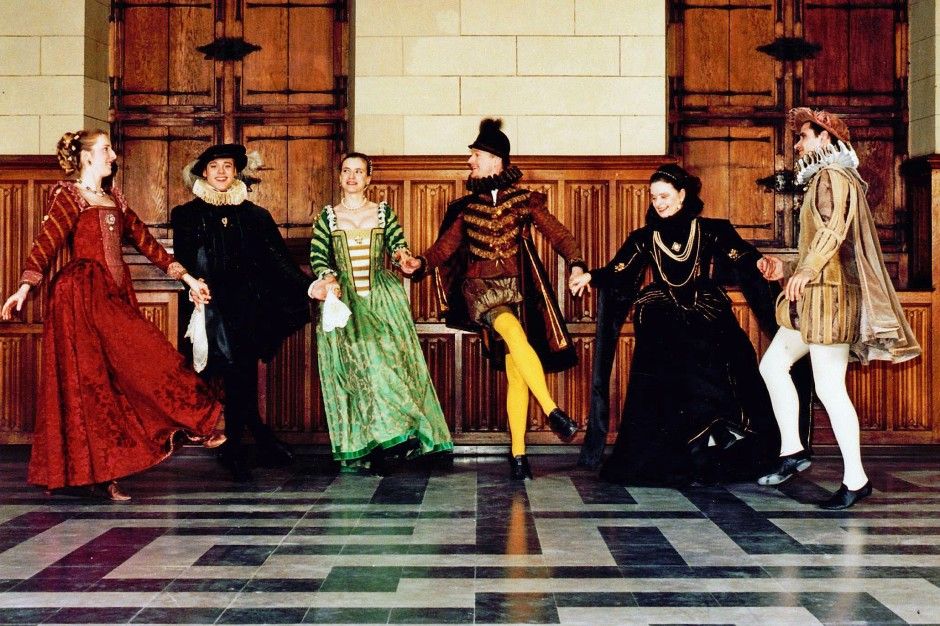 At first we were quite surprised. But then we realized that we have an important mission in our hands: to debunk the stereotype that exists in Russia that after 50 you are already an old man, and at 60 it’s time to die. Our students, the oldest of whom are already under 80, are full of strength and energy, the desire to live and learn something new. They are so cheerful that you will be amazed!
At first we were quite surprised. But then we realized that we have an important mission in our hands: to debunk the stereotype that exists in Russia that after 50 you are already an old man, and at 60 it’s time to die. Our students, the oldest of whom are already under 80, are full of strength and energy, the desire to live and learn something new. They are so cheerful that you will be amazed!
Realizing their important role, the Leonovs approach the matter with full responsibility. They are strict teachers, they do no concessions to anyone. With complaints about health, about the burden of the years lived - this is not for them. And complaints, by the way, from lesson to lesson is becoming less and less. Coming to the studio, people are literally getting younger before our eyes: women become slimmer, men straighten their shoulders. Needless to say, movement, and even more so dance, is life. And her healthy image, which the spouses adhere to, actively promoting it among their students, is not in vain.
Today, about 60 people work under the supervision of the Leonovs. They are happy to accept more, but there is nowhere: the possibilities of the recreation center are limited, there is barely enough space for everyone who wants it, and finding a room more spacious without sponsorship is not an easy task. But crowding for the "Renaissance" devoted to their art is not a hindrance. His magical power lies not only and not so much in beautiful costumes, correct movements and surrounding scenery. If you ask the studio members themselves about this, they will answer without hesitation: “Dance is a state of mind!”
Recently, the success of the studio's participants was evaluated at the all-Kuban level. Vladimir Statsenko and Lyudmila Irodova, who represented our city at the regional festival "Talents without Borders", were awarded the first prize in one of the nominations. What is interesting: before the "Renaissance" none of the partners had anything to do with dance art.
— All my life I dreamed of dancing, but there was no such possibility, — admits Lyudmila Leonidovna. - Work, family, everyday worries - all this did not leave time and energy for myself. Having retired and moved to Gelendzhik, I discovered this wonderful studio, I came to it one of the first. She began to look for a partner for dancing, in his face she found her future husband.
- Work, family, everyday worries - all this did not leave time and energy for myself. Having retired and moved to Gelendzhik, I discovered this wonderful studio, I came to it one of the first. She began to look for a partner for dancing, in his face she found her future husband.
Such romantic stories are not uncommon in the dance environment. No wonder they say that the language of dance is a universal means of communication, like nothing else that brings people together and helps them understand each other without words.
Polina Sorokina.
Photo by A. Bochnev
Skazovograd. First time in preschool!
Medical examination: a life-saving watch
Related articles
on the topic
Close
-
Society
State Duma adopted a law on a single manual for children
15.
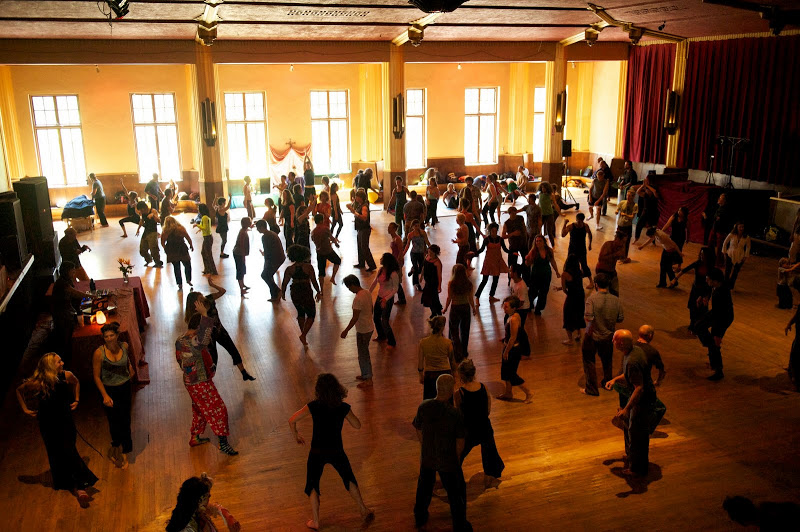 11.2022
11.2022
Renaissance Theater - GBUK of the GKZ Bashkortostan
9000 Andrey Evgenievich
BSPU named after. M. Akmully (2005) physical education teacher, ChGAKI (2011) head of the choreographic team.
Soloist of the dance theater "La Gioconda" (2001-2005), since 2005 the founder and director of the dance theater "Renaissance". Repeated participant in master classes in choreography. Since 2011 ballet dancer in Rusdrama, 2013 teacher-choreographer in the creative studio named after. K. Khabensky. He was a guest choreographer at the Almetyevsk Tatar State Drama Theater, in such performances as "Twins", "De la Fruze".
Rodionov Alexander Aleksandrovich -Art Theater of the People’s Dance Theater "Renaissance"
UGIS (2003) Artist, ChGAKI (2011) Chipo-heading team
was a soloist of the Dance Theater "Dzhokondda" (1997- 2005), since 2005 the creator and artistic director of the folk dance theater "Renaissance". Since 2006, choreographer of New Year's performances of the State Concert Hall "Bashkortostan", the Bashkir State Philharmonic named after Khusain Akhmetov, the Bashkir State Academic Drama Theater named after. Mazhita Gafuri.
Since 2006, choreographer of New Year's performances of the State Concert Hall "Bashkortostan", the Bashkir State Philharmonic named after Khusain Akhmetov, the Bashkir State Academic Drama Theater named after. Mazhita Gafuri.
Actively collaborates with theaters in Ufa as a choreographer: NMT im. Mustaya Karima ("Aladdin", "Danish History", "The Blue Bird", "Oscar", "Three Sisters"), Bashkir State Philharmonic Society ("The Scarlet Flower", "The Kingdom of Magic Strings", "The Tale of the Sleeping Princess and the Seven Bogatyrs" "). In 2011, at the All-Russian festival-competition of modern choreography and pop dance "Eurasia-Chance" (Zlatoust), he received a diploma for the best ballet master's work.
In "Renaissance" is the director of the plastic performances "The Courtyard" (2011), "World No. 0" (2012), "Pop Art Gallery or Closed for Restoration" (2013), "Prototype" (2014). In 2015, he was the founder and organizer of the Competition for Young Choreographers (Ufa). Decadence "Point of separation", (2016), "Windows" (2017)
Permanent member of the jury of many competitions and festivals. Between 2011 and 2013 was a teacher of choreography at master classes.
Mustafin Valery Vladimirovich : teacher - choreographer (group of 16 and older), participant and soloist of the Renaissance Folk Dance Theater. As part of this team, the winner and prize-winner of the Republican, Russian and International dance competitions. Dance experience over 10 years. Over 3 years teaching experience.
From 2006-2011 Ballroom dancing. Sports club "Constellation".
Athlete of the Russian Dance Sports Federation.
Since 2011 member of the group: "People's Theater of Dance Renaissance". The team leaders are Alexander Rodionov and Andrey Sorokin.
Passage of training at the international summer laboratory of modern dance in the subject: Hip-hop. Choreographer Gabriel Francisco.
Participation in productions by choreographer Sergei Smirnov.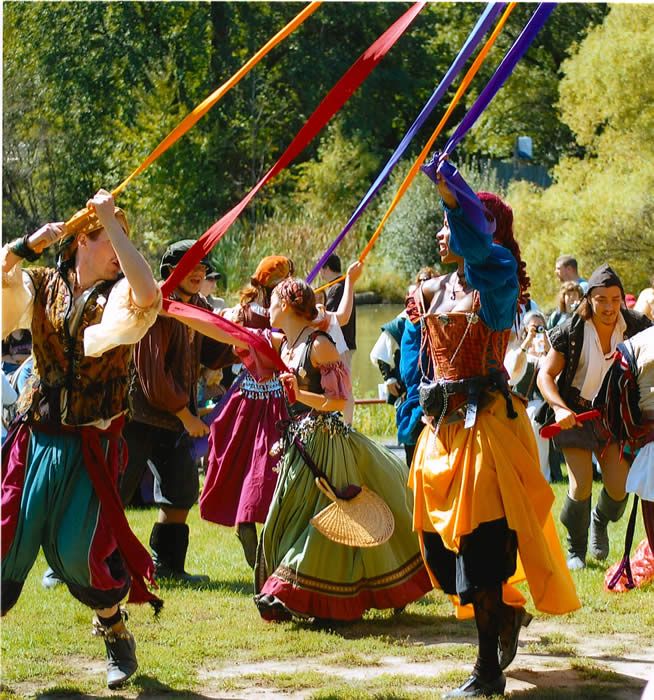
Participation in master classes on the subject: Contemporary. Choreographer - Olga Labovkina.
Laureate Diploma of the 1st degree, Grand Prix Diploma, Diploma for the best ballet master's work at the Drive Tournament 2016 competition.
Since 2014 Teacher-Choreographer in modern dance studios E-Dance, Absolute World and others. Renaissance".
Kurbatova Olga Vladislavovna - teacher choreographer of the folk dance theater "Renaissance" of the younger group (5-7 years old and 7-9 years old).
Graduate of the Sterlitamak College of Culture (2003), teacher of the choreographic group.
Soloist of NTT "La Gioconda" 1997-2000
Teacher - tutor of NTT "Renaissance" since 2011
Director - choreographer, participant of master classes of S. Smirnov, O. Buzovkina, O. Labovkina.
Experience 15 years.
Cherepanova Alisa Stanislavovna - teacher - tutor, choreographer of NTT "Renaissance" (group of 10-12 years old).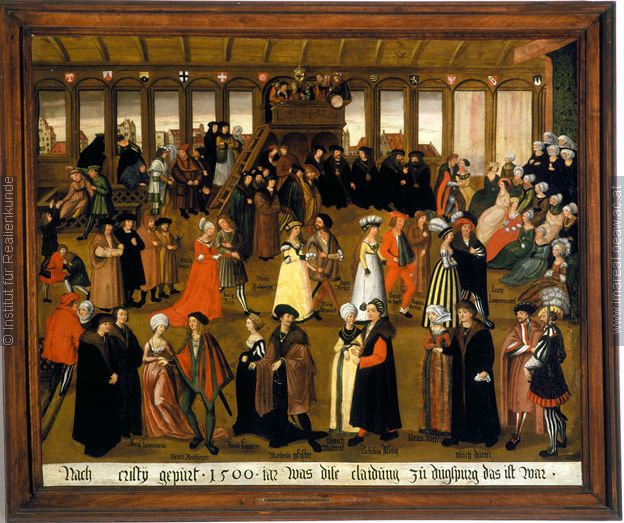
Graduate of VEGU 2011 Ballet master, teacher - choreographer.
Teacher of the Ufa Institute of Arts. Zagira Ismagilova in contemporary dance, she is also an artist of the Russian Drama Theater in Ufa. Participant of the project "Dancing on TNT" 4 seasons 2017.
Teacher at master classes in modern trends.
Laureate and winner of international competitions in choreography since 2011.
Welcome to a world where theater and dance become one!
Renaissance Folk Dance Theater was founded in 2005 by Alexander Rodionov and Andrey Sorokin. And a few months later, at the international competition "Gold shining" (St. Petersburg), the team became a five-time laureate of the first degree in several categories. In 2006 in Spain at the international festival "Buenos viajes" (Lloret de Mar) was recognized as the best dance group. In the same year, "Renaissance" receives the Grand Prix of the All-Russian festival-competition "Wind of Change" (Ufa).
The Renaissance Theater is based on dramatic dance and experimental choreography combined with such dance techniques as modern, contemporary, jazz, folk stylization and other dance styles. Their work includes plastic performances, concerts, performances and participation in many city, republican events.
At the moment, children from 4 years old to 18 years old are involved in the team, and there are also older teams 18+. "Renaissance" cooperates with professional theaters and other creative teams of the city. Many of the pupils of the Dance Theater have connected their professional lives with choreography. And the theater's repertoire now includes more than 150 concert numbers and 11 plastic performances.
And now briefly:
2005 - Revival. Dance Theater "Renaissance"
2006 - Debut at the competition "Gold shining" in St. Petersburg
2006 - Now other countries know about us. (Lloret de Mar Spain, the best team of the festival "Buenos viajes"
2006 - The first significant victory (Grand Prix "Wind of Change")
2007 - We are growing. For the first time at the competition, the teenage composition.
For the first time at the competition, the teenage composition.
2008 - The first television inclusion
December 15, 2009 - from now on we are the "People's Collective"
2009 - Become regular participants and organizers of presidential Christmas trees
2010 - We have grown completely. Graduates become teachers of preparatory groups.
2010 - Back on TV! Winners of the competition on the TV channel "TeenTV"
2010 - It's time to go on tour! Concert NTT "Renaissance" in Dubna
2011 - Search. A new form of concert - "Divertissement" (performance "Yard")
2012 - Search. Performance- Divertimento "World number zero"
2014 - Introduction to the stage of the Russian Drama Theatre. (performance divertissement "Prototype")
2015 - Implementation of the project "Competition of young choreographers"
2016 - We confirm the title of "People's team"
2017 - Search. Work on the first one-act ballets.
2018 - An evening of one-act ballets.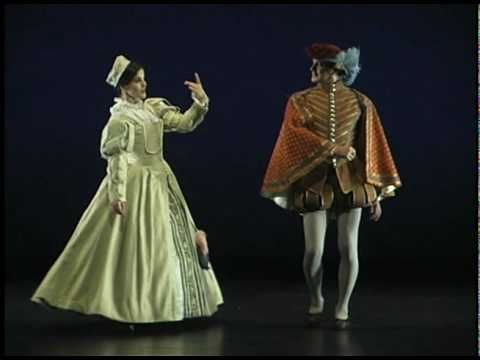 ("Like ships in the sea ...", "Birdyard", "Lack of love")
("Like ships in the sea ...", "Birdyard", "Lack of love")
2018-2019 - Implementation of a plan to conquer the world. (Sochi, Moscow, Tyumen, Ryazan, Saransk)
March 3, 2020 - Anniversary concert of the Renaissance Dance Theater!
NTT "Renaissance" is glad to share his creativity with you, develop and create something new, make discoveries and surprise!
Participation in festivals and titles
2006 Northern Lights, five-time laureates of the 1st degree (St. Petersburg)
2006 inter-regional festival of modern choreography "Wind of Change" (Ufa), Grand Prix of the festival
2007 international competition "Caprice" (Yaroslavl) 1st degree diploma
2007 All-Russian competition "Eurasia-Chance" (Zlatoust) three times laureates of the first degree
2008 All-Russian competition "Eurasia-Chance" (Zlatoust) special jury prize
2009 the team receives the title of "People's"
2009 interregional festival of modern choreography "Wind of Change" (Ufa) laureate of the 1st degree
2010 all-Russian competition "Volzhskaya Metelitsa" (Samara) laureates 1 and 2 degree
2010 All-Russian youth festival "Look at me" (Ufa) 1st place
2011 All-Russian festival-competition of modern choreography and variety dance "Eurasia-Chance" (Zlatoust) laureate diploma of 1st and 3rd degree
2011 All-Russian festival of modern choreography "The Power of Silence" (Samara) laureate of the 1st degree
2012 International Festival of Contemporary Dance "Tochka" (Omsk) diploma of the laureate of the 2nd degree
2013 Participants of the final of the International Ballet Competition named after.

